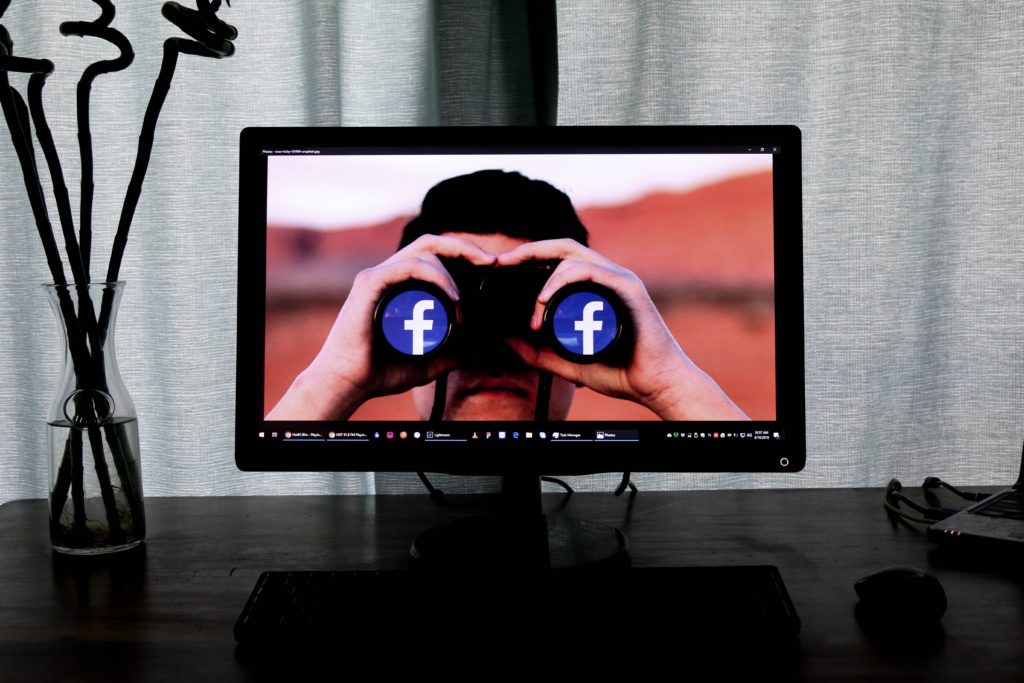
Menu
As business owners and managers inside our companies, most of us live incredibly busy lives. Juggling every responsibility that’s handed to us. However, times are changing and this juggling act is becoming easier.
It used to be all about going to networking events and searching out the right people who could potentially help your business.
Now you can search and pinpoint the exact people in companies you want to work with, right from the finger tips of your phone.
These days you can create posts that help to showcase your knowledge and expertise to a larger audience than if you were asked to be a keynote speaker at your local luncheon.
Today I want to walk you through how to use LinkedIn to maximise these tasks that can help you find dream clients and boost your brand.
Now I know there’s a few people reading this who are telling themselves LinkedIn can’t work for their type of business or job. I beg to differ.
I know photographers, artists, tradespeople, realtors, chefs and more all using LinkedIn to position themselves in their industry.
Stop thinking you can’t get ahead on LinkedIn, because there’s a very good chance that key people you should be networking with are on there.
The very first strategy is all around leveraging LinkedIn’s power to network with potential customers and decision makers.
With over 300 million monthly active users on the platform, and a strong preference towards professionals, there is a good chance you can find influential people in your industry.
If you’re a business owner, you might be connecting with potential customers or networking with other business owners to form strategic partnerships.
If you’re a business professional you might be raising your profile within your industry and connecting with other key people in your field.
The first step is to use LinkedIn’s search feature to find key people. This is done by typing in keywords related to the type of people you want to connect with.
A pro-tip is to think about the words these people may have listed on their profiles, as this will be a strong factor that shows up in searches.
For example, if you’re looking to connect with business owners – a larger majority of people will have “Owner”, “Founder”, or “Director” in their profiles. So, using those keywords in the search will narrow down potential business owners to connect with.
Also, use LinkedIn’s search filters to narrow down your ideal connections further. If you only want to connect with business owners in your city you can filter by city, or even the type of industry they work in.
Once you’ve narrowed down a list of potential connections using the search feature, you can start to send out requests.
The way we’re going to do this is to make sure you add a note by clicking “Add Note” when you send your connection request.
Depending on how focused you are on your targeting, you can go into each person’s profile to see if they are a potential fit individually – or you can just stick to your filtered list.
When you click “Add Note” you want to type out a message that is inviting and looking to give them value. Also, explain that you’re looking to connect with people in their industry and learn more about what they do.
A big mistake I see people doing is sending a note that is just a straight up sales pitch.
This is no way to build a connection with potential customers, because you have shown you don’t even care about them. You’re just trying to get a sale.
Instead, when you add a personal and inviting message that shows you are open to learning about them and how you can help them – that’s going to be more successful in starting a conversation.
As you send out connection requests, there will be a percentage of people who connect and respond, those who connect and don’t respond, and those who don’t connect at all.
The third step is now to continue to provide value and create conversations with the people who connect with you.
If someone does respond to the note you sent out, this opens up the opportunity for you to build a relationship with that person.
From experience, great relationships with potential clients are built around learning about them and their circumstances, and providing ways to help them.
If someone doesn’t respond but has connected, then you have the opportunity now to send a follow up message. Typically this can be done by thanking people for connecting and asking if they ever need help, or something similar.
Continue to network with these people, whether you just respond once every day or multiple times a day. Either way you want to just come from a genuine place of trying to help them.
Doing so builds reciprocity with each person and typically leads to the person wanting to learn about you and your products and services.
Now that you’re slowly building up the number of connections you have, another beneficial strategy is to create content around your industry.
Doing so can help to position you as experienced and knowledgeable in your area of expertise.
It’s also great for building familiarity between you and your connections, as they start to see more of your content.
Your first step is to think about your industry and who you’re trying to reach through LinkedIn.
Ideally, your content is you talking about your area of expertise and framing it in the most beneficial way for your ideal customers.
For example, if you’re a home builder you may talk about all things home improvement, from structural advice, renovation tips and design concepts.
However, you may frame some of this content in terms of your ideal customers. For example, that may be first time home builders.
You could then create content specifically for them that fits your experience, such as “Five Questions Every First Home Builder Should Ask When Planning Their Design.”
You can also share content that is more personal to you and what you are doing. This can be a great way to subtly show what you do and how dedicated you are to your work.
Sharing photos of you attending an industry event, visiting a client, or sharing a customer story on how you solved their problem. These can all be incredibly powerful in sharing what you do.
As you build your network you’ll have more people seeing and engaging with your posts. This is great and you show take the time to respond to people who leave comments or share your stuff.
This is another easy way to build on the connections you’re already working on through messaging.
Engagement is incredibly powerful on LinkedIn at this point in time due to the large organic reach most people have with their content.
LinkedIn’s algorithm showcases other people’s engagements on posts. This means if one of your connections leaves a comment on your post, LinkedIn will then tell a percentage of their connections they left a comment.
In the feed this will share your post with a whole new set of people who you aren’t connected with, but are connected with the person who engaged.
The key here is that new audiences can start to see your content and it can start to spread through more and more engagement happening on your posts.
The same thing happens with you leaving a comment responding to your post. This then re-shares your content back into your connections feeds telling them you just left a comment.
This is why encouraging discussions, engagements and asking people to leave their own opinions on your posts is beneficial. Try to spark engagement through leaving questions or asking others to share their thoughts on a topic.
A final thing you can do for some extra branding points is to help promote your page and the content you post through your business page.
The thing with LinkedIn is that personal pages get much more engagement and traffic than your business pages. Which is why your personal brand as the business owner or manager of a company is valued.
However, you can help to promote your business by sharing content from the business page to your own personal page.
This again subtly shows people that you’re connected to that brand, and builds familiarity now between you, your business and your customers.
It can also help boost the engagement you get on your business page through LinkedIn.
The final strategy I want to talk about is joining in discussions that are happening on other people’s content.
As beneficial as it is to create content to help position yourself, it can also be helpful to leave thoughtful comments on other people’s content also.
The benefits of leaving thoughtful comments mean that you can share your own experience related to their content, and also build on your connection to that person.
When I talk about thoughtful comments I don’t just mean leaving two words saying “Great Post!”
Instead I want you to go deeper. Leave a bit of an explanation about why it was such a great post, or what you found most interesting or helpful, or how it relates to your own life.
“Great Post! I really found the section where you talk about… was really helpful and beneficial to me.” This is a lot more powerful to that person than just saying “Great Post!”
You can even search out content related to your industry to leave comments on.
Being a part of industry related LinkedIn groups, following certain hashtags, or even following industry influencers, can all be great ways to seek out new content.
Find content that is doing quite well or could potentially do well and leave a positive comment.
Again, try to ensure it helps you showcase your expertise without coming across like a know-it-all or disregarding what someone has created in their post.
If you can make it more personal or share your own insights from the industry, that’s a plus too. Now people can get to know you a bit and might even find ways to connect and network further.
These strategies are by no means hard or some sort of secret. They’re simple methods to building a stronger network, positioning yourself as an expert, and being more influential in your industry.
However, because they are simple, I know that means many of you who have read this won’t bother to use them.
At this moment with LinkedIn you have the power to really tap into a personal network that you likely would never have been able to a decade ago.
If you’re a fashion photographer you can connect with every studio manager in the country right now that’s on LinkedIn, and start building a relationship.
If you’re a local business owner you can connect with every other person in your city and become known as The Go-To Person for your line of work.
If you’re a start-up founder you can connect with high level investors from around the world and start finding ways to meet with them and share what you do.
The sky really is the limit and LinkedIn is your tool to help leverage those actions that were once hard, but are now accessible via your phone.
So, go out and start connecting, creating, engaging and sharing more about yourself and your business on LinkedIn. You will thank yourself later.



© 2021 All rights reserved
Manexo Media